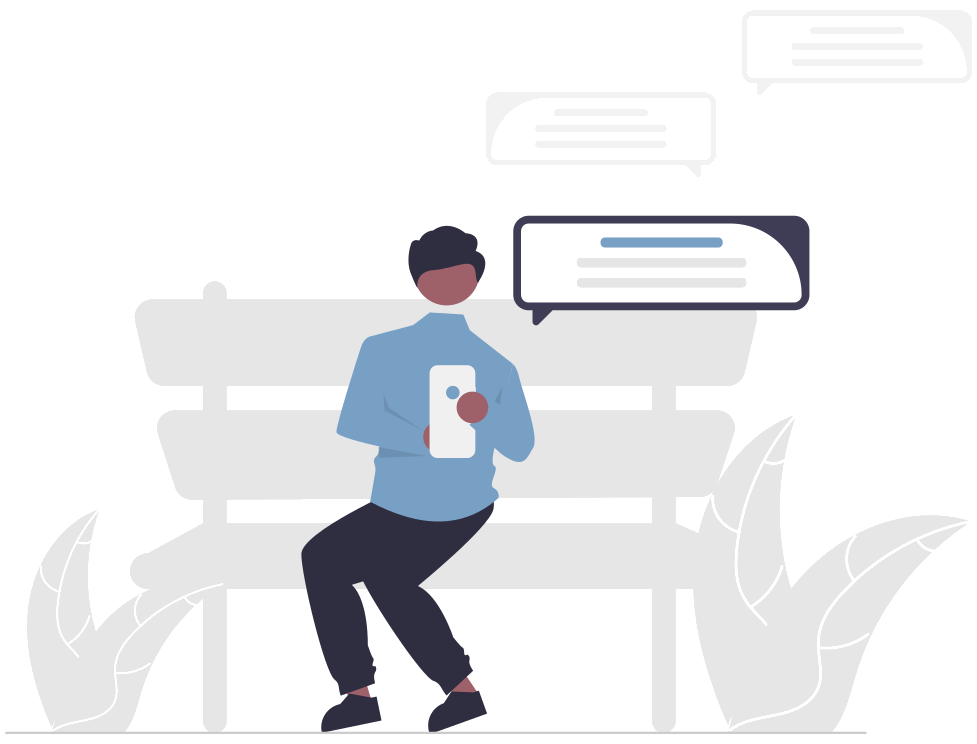Per decree, employers are obliged since the 1st of September to implement burnout prevention. You hear the term burnout more and more often. It seems like there are more and more people suffering from a burnout. Is this really he case, though? You could also see it like burnout occurs more often, because it has become more accepted and more awareness has been raised for it during the past few decades. Burnout is a phenomenon which has existed for quite some time. Yet, we should note that burnout probably occurs more often in our current society than it did a century ago. To learn more about the mechanisms behind burnout, how to recognize burnout and what you can do to implement burnout prevention, you can find an answer to your questions in this article.
Burnout prevention at work: causes of burnout
As mentioned earlier, burnout has likely been present for over a hundred years ago, too. Imagine 'working' in 1900. Society started to industrialize, but many people still worked in the fields. In the industry, most people were hired for belt work. People were therefore working with their hands pretty much all day, either at the production belt or in the fields. There were only a few people, as good as none, who were working with their brain all day. They worked with the rhythm of the sun and often changed the work they did. You might think: 'at the production belt, they have to constantly make the same movements though, do they not?'. That is right, but when these people got home they would use different muscles, for example to make food or to clean. Because most people alternated the muscle which they used, it did not often happen that people were mentally overwhelmed. This is a large difference when you compare it to our current society. Think about how much people work at their desk during the day, and how they have dinner in front of the television at night. They therefore constantly work with their brain, which increases chances of burnout occurring. When we overload our brain, a burnout is often nearby.
Burnout prevention at work: recognizing burnout
If you want to know how to implement burnout prevention, it is important to know how to recognize burnout. In the beginning, you will notice that people with burnout do no longer get as much done as they used to before the burnout. Even when we only speak of a developing burnout, you will notice that it is important for these people to still work with deadlines, meaning they often do not make the deadlines or no longer as well as in the past. This is because people are preoccupied with their stress and its consequences. When you have a burnout or when you are developing a burnout, you find it difficult to pay attention to anything all day or to memorize things. And example could be found in grocery shopping which you have to do. Often, you end up in a store and forget what you wanted to buy when you are under a lot of pressure or stress. Another important domain ofvburnout are the emotional consequences of burnout or major stress. People with burnout are often less kind than they used to be. You will often think something like 'Wow, they did not sleep well' or 'what is going on with them. They respond in such a short-tempered way'. Some people with burnout also experience crying fits. They notice that they no longer get their work done as quickly as they used to, or that they are forgetting things. In many cases, it is the partner or a close friend who notices the differences first of all. When several colleagues then start to notice a change in mood and the work that gets done, the stress or possible burnout has already developed quite a bit, and needs to be taken care of quite quickly.
Burnout prevention at work: prevention and treatment of burnout
By recognizing signals, you can sometimes take care of some burnout prevention to begin with. Yet, more is needed to implement burnout prevention or to treat possible burnouts. Except for the online self-help program, which was developed to treat burnout, stress, and depression, Koeck, MD, also provides day training for supervisors. This training entails explanation of mechanisms behind stress and burnout, communication techniques regarding burnout, re-integration after burnout, and tips to deal with burnout and stress as a supervisor. These day trainings are developed and based on the techniques used in the online self-help program, which reduces stress by 70% in three weeks.
Burnout prevention at work: take the stress test!
If you want to know to what extent you experience stress, you can take the free stress test here. This test will tell you right after you are done what your personal stress level is and what it is that you can do to treat your stress.















